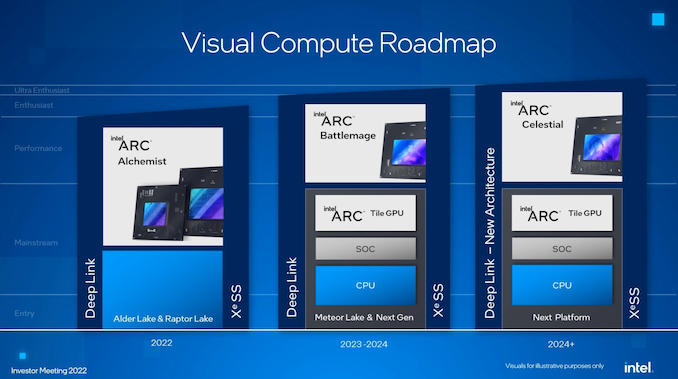Intel Meteor Lake Client Processors to use Arc Graphics Chiplets
[ad_1]
Continuing with this morning’s spate of Intel news coming from Intel’s annual Investor meeting, we also have some new information on Intel’s forthcoming Meteor Lake processors, courtesy of this morning’s graphics presentation. Intel’s 2023 client processor platform, Meteor Lake was previously confirmed by the company to use a chiplet/tile approach. Now the company is offering a bit more detail on their tile approach, confirming that Meteor Lake will use a separate graphics tile, and offering the first visual mock-up of what this tiled approach will look like.
First revealed back in March of 2021, Meteor Lake is Intel’s client platform that will follow Raptor Lake – the latter of which is Alder Lake’s successor. In other words, we’re looking at Intel’s plans for their client platform two generations down the line. Among the handful of details revealed so far about Meteor Lake, we know that it will take a tiled approach, and that the compute tile will be built on the Intel 4 process, the company’s first EUV-based process.
Now, thanks to this morning’s investor presentation, we have our first look at the graphics side of Meteor Lake. For Intel’s 2023/2024 platform, Intel isn’t just offering a compute tile separate from an IO/SoC tile, but graphics will be their own tile as well. And that graphics tile, in turn, will be based on Intel’s Arc graphics technologies – presumably the Battlemage architecture.
In describing the significance of this change to Intel’s investor audience, GPU frontman Raja Koduri underscored that the tiled approach will enable Intel to offer performance more along the lines of traditional discrete GPUs while retaining the power efficiency of traditional integrated GPUs. More pragmatically, Battlemage should also be a significant step up from Intel’s existing Xe-LP integrated GPU architecture in terms of features, offering at least the full DirectX 12 Ultimate (FL 12_2) feature set in an integrated GPU. Per this schedule, this will put Intel roughly a year and a half to two years behind arch-rival AMD in terms of integrated graphics feature sets, as AMD’s brand-new Ryzen 6000 “Rembrandt” APUs are launching today with a DX12U-capable GPU architecture.
Past that, we’re expecting that Intel may have a bit more information on Meteor Lake this afternoon, as the company will deliver its client (Core) and server (Xeon) updates to investors as part of their live session later today. Of particular interest will be whether Intel embraces the tiled approach for the entire Meteor Lake family, or if they’ll hit a crossover point where they’ll want to produce a more traditional monolithic chip for the lower-end portion of the product stack. The Foveros technology being used to package Meteor Lake is cutting-edge technology, and cutting-edge tech often has cost drawbacks.
[ad_2]
Source link

